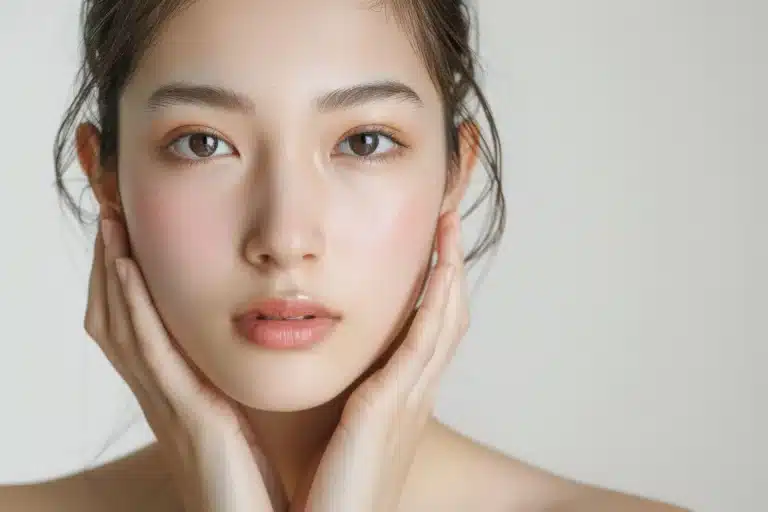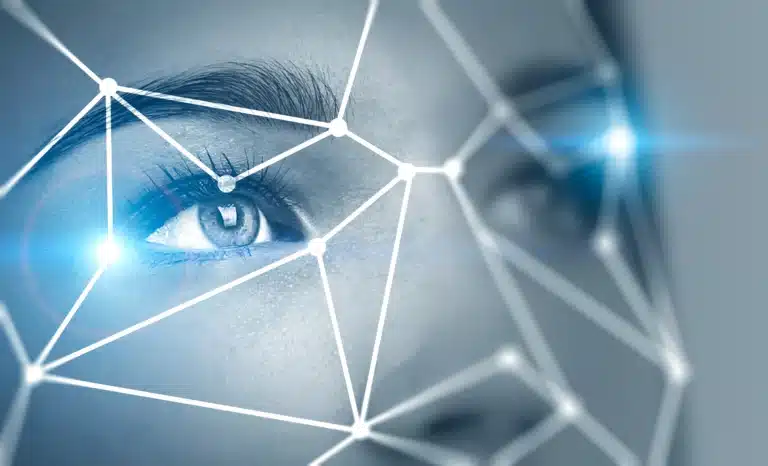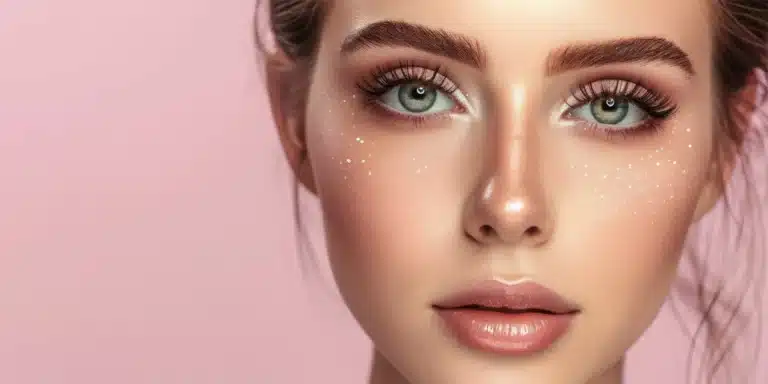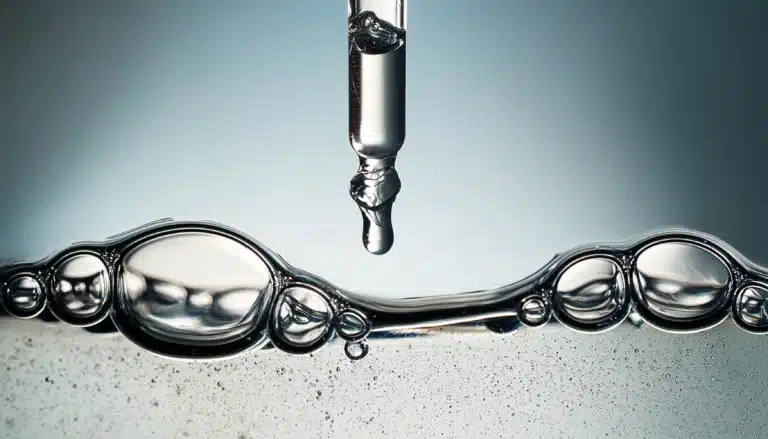Home » Conditions » Nose » Asian nose
Asian nose se distingue par des caractéristiques ethniques uniques, généralement différentes des nez caucasiens ou africains. Ces traits, bien que variables d’une personne à l’autre, sont généralement considérés comme faisant partie des caractéristiques ethniques naturelles et harmonieuses des visages asiatiques. Toutefois, ces particularités peuvent parfois amener certaines personnes à vouloir corriger certaines zones du nez tout en préservant leur identité ethnique.
medical rhinoplasty est devenue une alternative incontournable à la chirurgie pour les personnes qui souhaitent modifier subtilement l’apparence de leur nez sans passer par des interventions lourdes. Pour les patients d’origine asiatique, dont les caractéristiques nasales sont souvent distinctes, cette méthode non invasive est une solution idéale pour améliorer l’esthétique du nez tout en respectant les traits ethniques.
Medical rhinoplasty for the Asian nose allows for subtle corrections, such as increasing the projection of the nasal bridge, refining the nasal tip, or correcting asymmetries, without the need for surgery.
In this article, we will explore in detail how medical rhinoplasty can be used to enhance the Asian nose.

The Asian nose has unique characteristics that differ from those of the Caucasian or African nose. These characteristics may vary according to geographical origin, but the following features are often observed:
- A low or poorly defined nasal bridge: the projection of the nasal bridge is generally lower in Asian patients, sometimes resulting in a flatter profile.
• Une pointe du nez arrondie : la pointe du nez a tendance est plus large ou plus arrondie, avec une projection plus faible que dans d’autres groupes ethniques.
- Wider nostrils: the base of the nose may appear wider because of the shape of the nostrils.
- Thick cartilage: the cartilage is often thicker, which can make the tip appear wider.
- Higher nose width-to-length ratio: the ideal nose width-to-length ratio for Caucasian women is 0.7. The ideal ratio for Asian women is 1.1.
- Sharper nasolabial angle: the nasolabial angle in Asian women is sharper than in Caucasian women, with an angle of between 90° and 120°.
• Triangle nasal plus large : le nez s’inscrit dans un triangle qui est plus large chez les Asiatiques que chez les Caucasiens. On peut réduire la largeur de ce triangle qui, cependant, doit rester plus large que le caucasien car les caractéristiques du visage sont différentes.
Pour les patients d’origine asiatique qui souhaitent apporter des légères améliorations à leur nez sans passer par une rhinoplastie chirurgicale, la rhinoplastie médicale est une solution idéale pour affiner et sculpter le nez tout en respectant leurs traits ethniques naturels.

medical rhinoplasty peut être utilisée pour traiter plusieurs éléments du nez asiatique.
The main areas that can be corrected are :
• L’arête nasale : l’arête nasale est souvent l’une des premières zones traitées lors d’une rhinoplastie médicale sur un nez asiatique. La projection de cette zone est généralement plus faible, ce qui donne un profil plus plat. Les injections d’acide hyaluronique permettent de rehausser l’arête nasale et de créer une courbe plus définie, tout en respectant les proportions du visage.
• La pointe du nez : la pointe du nez chez les patients asiatiques a tendance à être plus large et moins définie. Si un patient souhaite affiner ou augmenter la projection de la pointe, l’acide hyaluronique est utilisé pour redéfinir subtilement cette zone. Le résultat est une pointe plus pointue ou plus fine.
• Le dorsum nasal : le dorsum nasal peut également être traité pour gommer des petites irrégularités ou bosses présentes sur le nez. Il est possible de créer un nez plus droit et plus harmonieux.
• Les ailes du nez : les injections peuvent être utilisées pour réduire légèrement la largeur des narines et ajuster légèrement les volumes autour des ailes du nez, donnant une impression de nez plus fin et plus équilibré.

La rhinoplastie médicale est particulièrement intéressante pour les nez asiatiques car elle permet de réaliser des modifications discrètes sans chirurgie. Cette technique est de plus en plus choisie par les patients asiatiques pour plusieurs raisons, elle permet de :
• Préserver les traits ethniques : l’un des principaux objectifs de la rhinoplastie médicale sur un nez asiatique est de respecter et de préserver les traits ethniques tout en offrant une amélioration subtile. Contrairement à une rhinoplastie chirurgicale qui peut parfois donner des résultats trop transformateurs, la rhinoplastie médicale permet d’ajuster la forme du nez de manière douce et naturelle, sans altérer l’identité du patient. Les patients ne cherchent pas une occidentalisation du nez mais un embellissement afin que le nez soit harmonieux dans le visage.
• Améliorer l’arête nasale sans chirurgie : l’ une des demandes les plus fréquentes chez les patients asiatiques concerne la projection de l’arête nasale, qui est souvent plus plate ou moins définie que les autres ethnies. La rhinoplastie médicale permet de rehausser l’arête et de donner plus de définition au profil nasal grâce à des injections d’acide hyaluronique. Cette méthode est rapide, sans éviction sociale et donne des résultats immédiats.
• Donner des résultats immédiats et ajustables : un autre avantage de la rhinoplastie médicale est que les résultats sont visibles immédiatement après la procédure, ce qui permet aux patients de constater les effets rapidement. De plus, ces résultats sont ajustables : si le patient n’est pas satisfait du résultat final, il est possible de dissoudre l’acide hyaluronique ou de corriger les volumes avec une nouvelle injection. Cette flexibilité est particulièrement appréciée pour ajuster les proportions du nez en fonction des préférences esthétiques individuelles.
- No social withdrawal: unlike surgery, which often requires several weeks' convalescence, medical rhinoplasty is a fast procedure that requires no recovery time. Patients can resume their normal activities immediately after the session, with only minor redness or swelling that disappears within a few hours or days.
• Amélioration subtile et naturelle : la rhinoplastie médicale permet d’obtenir des résultats subtils et naturels, sans “l’effet opéré”. Les corrections apportées sont douces et progressives, ce qui donne au nez un aspect harmonieux sans bouleverser l’équilibre global du visage.

L’hyaluronic acid est l’unique produit de comblement qui peut être utilisé en rhinoplastie médicale : le Radiesse, le collagène et le Sculptra sont contre-indiqués. Ce produit permet de sculpter les contours du nez, d’ajouter du volume à l’arête nasale ou à la pointe et de gommer certaines imperfections.
The results are visible immediately after the injection, and generally last between 9 and 12 months before the product is reabsorbed by the body.
Non-surgical rhinoplasty is a simple and quick procedure, performed in-office by an experienced doctor.
Before the procedure, a consultation is necessary to evaluate the patient’s aesthetic goals and discuss the desired results. The doctor will analyze the structure of the nose and propose a personalized treatment plan.
Before the injection, the skin is disinfected. A numbing cream may be applied to minimize discomfort during the procedure.
Dr. Romano injects small amounts of hyaluronic acid into the targeted areas of the nose. The product is injected using a fine cannula to ensure even distribution and a natural result. Dr. Romano exclusively uses the cannula to avoid any risk of necrosis.

Increasingly popular in Korea, Japan, and Taiwan, the Nose Thread Lift is a non-surgical nose lift using tensor threads.
These threads are used to define and straighten the nasal contour, project the dorsum, lift the tip, and enhance the definition of the nasal base.
The threads are resorbable, and the results typically last around one year.
After local anesthesia, PDO threads are placed along the columella and dorsum. The placement path, thread type, and depth depend on the patient’s nasal anatomy.
Non-surgical rhinoplasty offers numerous benefits for Asian patients looking to enhance their noses without surgery.
• Natural and subtle results : one of the key advantages of non-surgical rhinoplasty is achieving subtle and natural-looking results. The refinements are done gently, without drastic transformation, ensuring the nose remains proportionate and harmonious with Asian facial features.
• Quick and non-invasive procedure : this technique is fast, requiring no surgery, no general anesthesia, and no social downtime. Patients can resume their daily activities immediately after the session.
• Reversible results : since hyaluronic acid is a naturally occurring substance in the body, it can be dissolved if the patient is not satisfied with the outcome. This allows for adjustments or corrections without permanent effects.
• No recovery time : unlike surgical rhinoplasty, non-surgical rhinoplasty requires no recovery period. Patients can go back to their normal routines immediately after the procedure.
The price of medical rhinoplasty for the Asian nose varies depending on the technique used and the patient’s specific needs.
Hyaluronic acid injections are offered at 750 CHF per syringe. In cases involving Asian noses, where projection and definition are often sought, two syringes may sometimes be necessary depending on the morphology and the desired result.
Nose threads, used alone or in combination, allow for structured lifting and projection of the nasal bridge or tip. The price of a thread lift session for the nose is 750 CHF.
The total cost of Asian nose treatment is assessed during consultation, based on the chosen strategy.
Asian patients often seek increased nasal projection, better tip definition, and overall refinement—while preserving their ethnic features.
Il est essentiel d’adopter une approche personnalisée qui respecte les traits ethniques, en évitant une occidentalisation.
Oui, des injections d’acide hyaluronique permettent d’allonger et de projeter un nez jugé trop court, offrant une alternative non chirurgicale efficace.
L’injection d’acide hyaluronique dans la pointe du nez peut améliorer sa définition et le rendre plus fin et plus structuré.
Oui, la rhinoplastie médicale peut corriger les irrégularités mineures de l’arête nasale et rendre le nez plus droit et harmonieux.